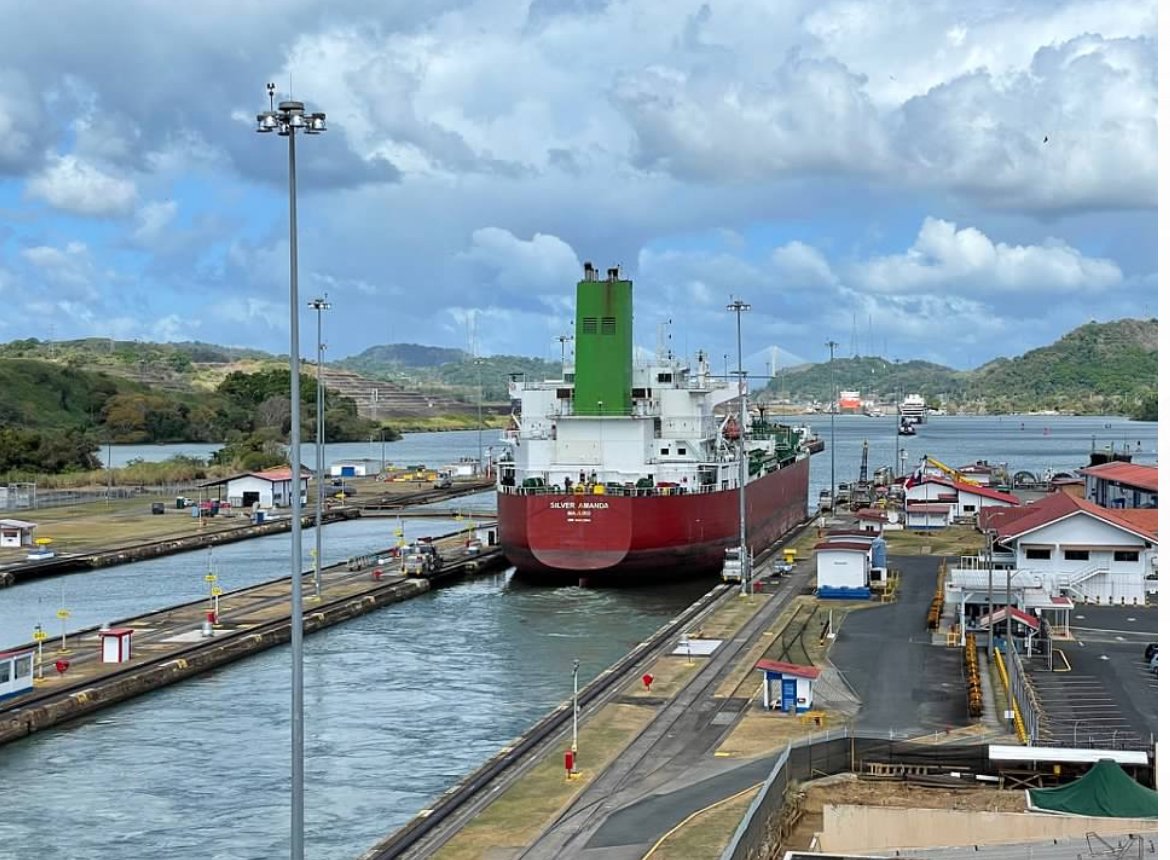
10 SURPRISING FACTS ABOUT THE PANAMA CANAL
I hadn’t given a lot of thought to the Panama Canal before I first visited in 2022, as I’m typically drawn to the natural world. However, the more I have learned about the canal, the more impressed I am with this twentieth century engineering marvel. It’s a must do while you are visiting Panama City: with a history that is fascinating and a present that has a palpable effect on the city reaching beyond international shipping and into the very culture of this cosmopolitan capital. Here, in no particular order, are 10 surprising facts about the Panama Canal I have uncovered:
10. The idea has been around for centuries-since Balboa first laid eyes on the Pacific in 1513.
As the Spanish expanded their empire, it was key to establish new trade routes. When explorer Vasco Nunez de Balboa laid eyes on the Pacific or “Mar del Sur” the idea of linking the Atlantic and Pacific Oceans was born. At its narrowest point, Panama is only about 50 miles wide, making it the easiest country to traverse in the Americas. The idea persisted, but the technology and engineering know-how wouldn’t come along until many years later.

9. Nicaragua was a potential site for the canal that would connect 2 oceans.
The United States’ first inclination was to build the canal in Nicaragua given its geographic proximity. However, after much study and debate, ultimately, engineers settled on Panama as the ideal site to build the canal given Nicaragua’s propensity for earthquakes and volcanic activity. Locals in Panama City cite this poorly formed, flat arch or Arco Chato, as one of the key reasons that Panama won out over Nicaragua as the designated site to build the transoceanic canal. The fact that an arch, which really does not have the true form of an arch. is still in tact centuries later served as visual proof that Panama is less prone to seismic activity than Nicaragua.

8. Construction on the canal began in 1881 under the leadership of the French.
Construction on the canal was begun by French diplomat Ferdinand de Lesseps who had recently successfully completed the Suez Canal in Egypt. However, the terrain, tropical conditions and diseases in Panama presented a completely different environment in which to build. The French suffered losses of around 22,000 due to malaria and yellow fever. By 1889, the French enterprise was bankrupt leaving the project abandoned for fifteen years.

7. Approximately 27,000 workers died during its construction between the French and US teams.
The US resumed construction of the canal in 1904 and completed their efforts by 1914. During that ten year period of time, the US also lost around 5,000 workers, bringing the total number of deaths to approximately 27,000.
6. The lowest fare ever collected is .36 cents.
Richard Halliburton, an American travel writer, paid a fare of .36 cents to swim the canal in 1928. The fare was based on his body weight of 150 lbs at the time he started his epic journey. It took 16 hours and 35 minutes to complete the swim.

5.Crocodiles are a regular sight in the Panama Canal.
The last time I was at the Miraflores Locks Visitor Center, there was a crocodile patiently waiting in front of the cargo ship for the locks to open. Take a tour on the canal and see them for yourself.

4.The clearance required to pass through the canal is 1000mm or 3.33 feet.
It is one insane sight to see these monstrous ships passing through the canal with only inches of space on either side. You’ll be fascinated to watch the mules–little cars–pulling ships through the canal with precision.
3. Vehicles inside of another vehicle.
Car carrier ships that pass through the Panama Canal can move as many as 8,500 cars in their hull. While, I believe this, I find it very hard to imagine that many cars inside of a boat.
2.A project to widen the canal lanes was completed in 2016 allowing larger ships to navigate the locks.
As the years have passed, ships using the canal have gotten much bigger. In order to accommodate these larger neopanamax ships, the Panama Canal widened its locks thus allowing ships measuring 366m (1200ft) in length and 51.25m (168.1ft) in width to pass through.

1. The Panama Canal made $4.97 billion in 2023.
Panama is a country rich in natural resources like copper, gold, manganese and iron, but, without a doubt, the canal is its most important source of revenue generating billions of dollars for the tiny isthmus every year.

With such a rich history, these 10 surprising facts about the Panama Canal just scratch the surface of this wonder of the modern world. Which fact surprised you the most?
